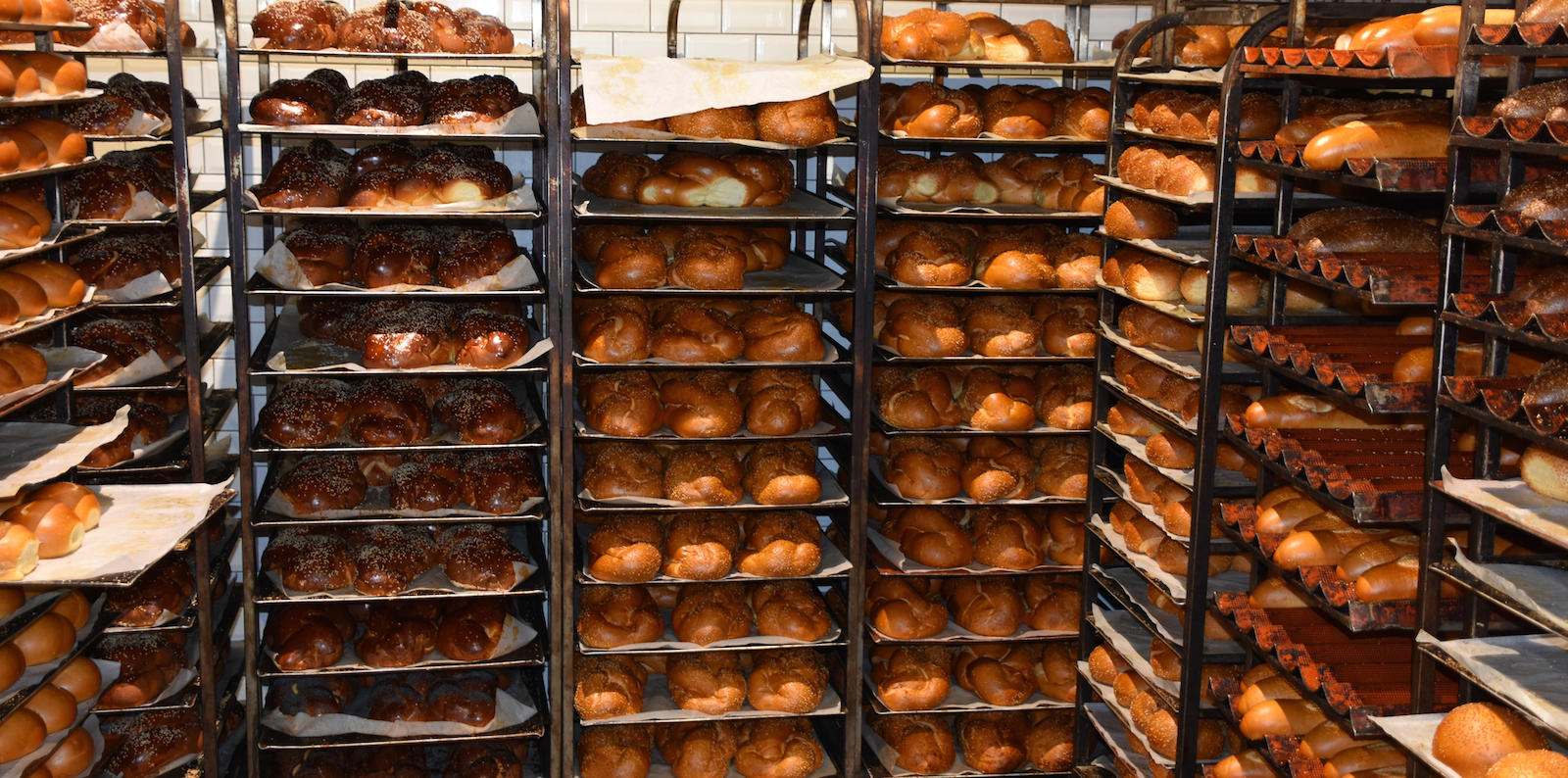Ask an average person to describe kosher food and they might say it is food “blessed by a rabbi.” The word “kosher,” however, is Hebrew for “fit” or “appropriate” and describes the food that is suitable for a Jew to eat. With its roots in the Hebrew Bible, the system of defining which foods are kosher was developed by the rabbis of late antiquity. Its application to changing realities has been the work of subsequent generations, including our own.
Confused why kosher food is categorized as dairy, meat or pareve (neither meat nor dairy)? Scroll down for The 3 Categories of Kosher Foods.
Kashrut’s Biblical and Talmudic Origins
Close readers of the Torah might notice that according to the book of Genesis, vegetarianism was commanded by God as the ideal diet (see Genesis 1:29). However, in the course of the biblical narratives, this changed to include a variety of different animals. According to the Torah (Leviticus 11), only certain kinds of animals are considered inherently kosher. For land animals, any creature that both chews its cud and has split hooves is kosher. For sea creatures, any fish that has both fins and scales is acceptable, and for birds, only those birds approved by the Torah (or others that later authorities have judged to be like them, a list that excludes scavengers and birds of prey). In addition, it is repeated three times in the Torah that it is forbidden to cook a baby goat in its own mother’s milk.
The video below explains which animals are declared kosher and not kosher in Leviticus 9:1-11:47:
With your help, My Jewish Learning can provide endless opportunities for learning, connection and discovery.
The rabbis in the Talmud further developed these principles of kashrut. In order to consume kosher land animals and birds, it is necessary to slaughter them in a prescribed way, in a manner that has been described as a more humane method than is practiced commercially. In addition, the prohibition of cooking a baby goat in its own mother’s milk is the basis for the complete, physical, hermetic separation of all milk and meat products. These are the fundamental elements of kashrut.
Keeping Kosher Today
All questions, problems or issues about keeping kosher ultimately revolve around the basic principles of kashrut described above. Usually, the questions have to do with the last basic element, the complete separation of milk and meat products. The use of different sets of dishes and pots and pans, developed in order to ensure a greater separation between milk and meat foods. This is also the basis of waiting several hours after eating a meat dish before eating a dairy product, so that the two types of food shouldn’t even mix together in our stomachs!
Whether a particular food is considered kosher or not usually has to do with whether any substance or product used in its manufacture was derived from a non-kosher animal or even an animal that is kosher but was not slaughtered in the prescribed manner. Rabbinic supervision of the production of food (a practice called hashgacha) enables it to carry a “seal of approval” (but no, it is not “blessed by a rabbi”).
The 3 Categories of Kosher Foods
Dairy
Often described with the Yiddish word milchig, these are foods, such as cheese, milk, yogurt, ice cream, etc.
Meat
Often referred to with the Yiddish word fleischig, this includes all kosher animals and fowl slaughtered in the prescribed manner, and their derivative products.
Pareve
A Yiddish word meaning “neutral,” this describes foods that are neither dairy nor meat, such as eggs and fish, tofu, nuts, seeds, fruits and vegetables, and the like, provided they are not prepared with any milk or meat products.
In keeping kosher, it is necessary to keep all dairy and meat foods completely separate — which, unless one is vegetarian, necessitates separate sets of dishes and cooking utensils. Pareve foods, however, may be mixed in and served with either category of food since these foods are neither milk nor meat.
kashrut
Pronounced: kahsh-ROOT, Origin: Hebrew, the Jewish dietary laws.
kosher
Pronounced: KOH-sher, Origin: Hebrew, adhering to kashrut, the traditional Jewish dietary laws.
pareve
Pronounced: PAHRV or pah-REV, Origin: Hebrew, an adjective to describe a food or dish that is neither meat nor dairy. (Kosher laws prohibit serving meat and dairy together.)
Torah
Pronunced: TORE-uh, Origin: Hebrew, the Five Books of Moses.
mashgiach
Pronounced: mahshGHEEahkh, Origin: Hebrew, a kashrut supervisor, someone who ensures that a product or restaurant can be certified as kosher.
milchig
Pronounced: MILL-khig, Origin: Yiddish, dairy, as an adjective to describe food containing dairy, or dishes used for foods containing dairy. (Kosher laws prohibit serving meat and dairy together.)
fleishig
Pronounced: FLAY-shug, Origin: Yiddish, meaty, an adjective to identify foods containing meat or dishes that are used for meat. (Jewish dietary laws prohibit combining meat and dairy foods.)



